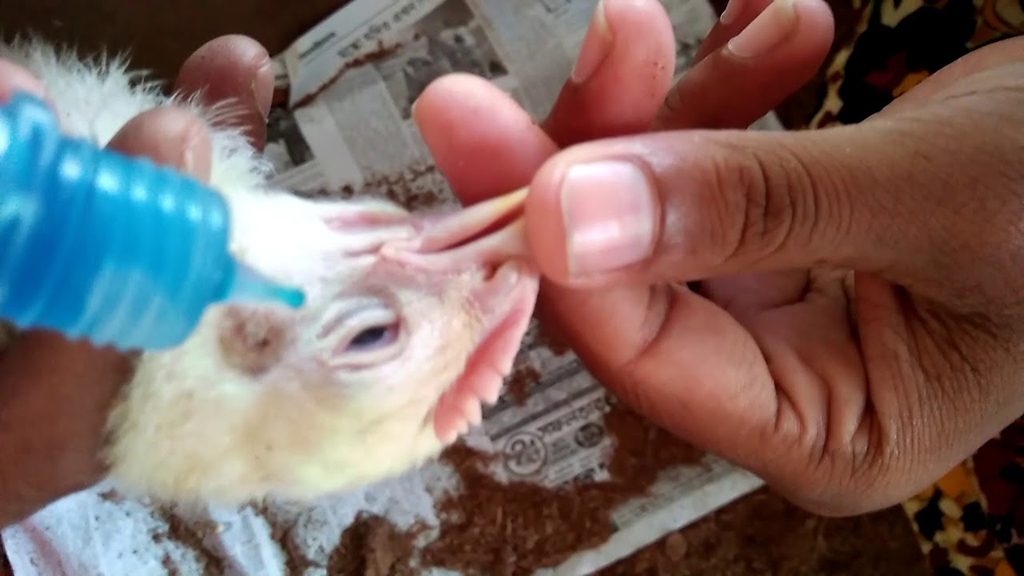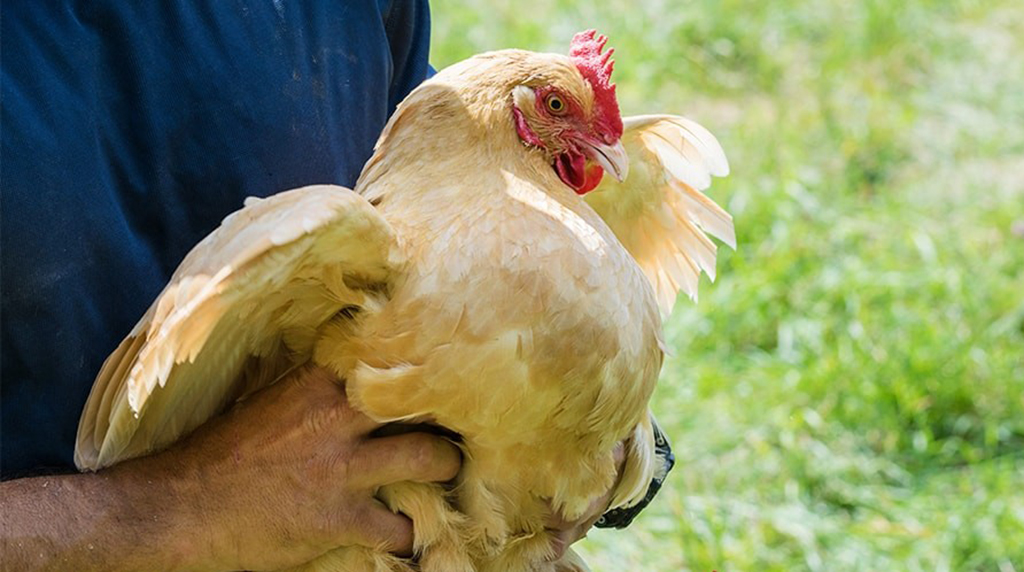
In Part 14 of our Health and Well Being of the Chicken Flock, we discussed external parasites, how to prevent them and get rid of them.
In Part 15 I want to discuss vaccinations and why it is important to ensure your flock is vaccinated and keeping up any that need to be renewed.
If you are a first-time flock owner, looking to become one or even a seasoned one have a read at some of our articles. There is something of benefit for everyone on our site.
WHY VACCINATING A FLOCK OF CHICKENS IS IMPORTANT?
Vaccinations are crucial to keeping your poultry healthy and preventing known disease to spread through your flock with potentially lethal outcomes.
As with human vaccines can control various outbreaks that can be brought into your flock by numerous carriers.
Potential carriers of diseases that can harm a flock of chickens:
- Insects
- Infected feed
- Equipment
- Wild birds
- Insects
- People
- Rodents
Control and prevention of diseases
There are various controls a poultry owner can put into place to limit disease outbreaks. Good management techniques where your poultry is concerned will also limit pets, parasites and vermin.
- Ensure the coop/run is not overcrowded
- Free-range chickens have enough space and different patches to free-range in
- Control the chickens living arrangements where chickens of relatively the same age are house together
- Their coops should have good ventilation
- There environment, accessories, feeders and waterers should be kept clean
- Do not let droppings build up
- Control access to the chicken’s coop. Ensure that people do not take in disease into the coop if a person can walk into it, etc.
- When hosing down the coop try use a high-pressure hose and or waterjet to ensure all critters are washed away.
- Make sure the coop is completely dried out and dust the floors, etc. with organic pest and vermin control dust that is not harmful to the chickens
- Any equipment used in and around the chickens should always be cleaned off and sterilized before they are reused.
- Do not let litter, old pieces of fruit, veg and or feed lie around to rot. This should be disposed of hygienically.
- It is good to ensure that there is good drainage around the run and enough sunlight so that the run is not left muddied and puddled.
- It is good practice to ensure the hen-house is lifted off the ground this prevents the inside from becoming potentially wet or damp during cold wet and or snowbound weather.
VACCINATIONS
There are a few rules that must be followed before vaccinating a chick/chicken. These are important factors to take into account. Failure to adhere to some of these pointers could lead to the vaccine not being effective against the condition(s) they are needed for:
- It is advisable to seek the help and advice for a vaccine regime from your vet. Some chickens may have different requirements to others. This could be dependent on the breed, size and even the chicken’s genes.
- Only healthy chickens can be vaccinated. If you suspect the bird is sick in any way it is best to seek advice before administering the vaccine should you be self-administering?
- Do not expose the vaccine to direct sunlight it should be kept cool
- The vaccine should be used as soon as it is ready/mixed it is not advisable to keep it once it has been readied for administration.
- Never use an outdated vaccine
- Chicks should be given the vaccination for Marek’s disease on day 1 of age.
- Vaccines should be taken as directed
- Ensure all your birds are vaccinated and that their vaccines are up-to-date
There are a few different ways that poultry vaccinations can be administered to the chicks/chickens:
- Usually, the water should be taken away from the chicks for an hour or two
- The vaccines are placed into the clean water – the ratio is dependent on the number of chicks
- The water is given back to the chickens and they must be watched to ensure each takes their fill of the water
In their drinking water
Eye-drops
- The vaccine is given through an eyedropper
- The vaccine is usually diluted with some water
- The solution is usually one drop into one of the chicken’s eyes
- This is one of the better solutions for getting good vaccine results
Injection
- This is done with an injection needle
- The solution is given in a specific area such as the wing-web for the pox vaccination
- It is another very effective vaccination method
Spray
- The solution is mixed with something like skimmed milk powder and then left to stand for a while before administrating.
- It should be done early in the morning and in a place where there is no wind
- There are special sprayers that a person can get for this method.
VACCINES
Fowl Pox
Most poultry is vaccinated at 1 day of age against this disease.
The injection is administered into the wing-web.
There are many forms of pox such as pigeon pox, quail pox, ratite pox, etc.
Canary pox infects most birds as such there are a few vaccinations that the bird may need depending on the area in which you live.
Once again it is best to check with the hatchery or vet as to what vaccinations your poultry will require.
Infectious Bronchitis or IB
This vaccination is usually combined with that of the one for Newcastle disease, so the chicken only has to have one dual vaccination.
This vaccination is administered when the chicken is between 10 to 35 days old.
It is not advisable to vaccinate if there is an outbreak of IB.
It is a live attenuated vaccine that is given via an injection to the bird.
Fowl Cholera
This vaccine will only be given if there is a problem with this condition in the area in which you live.
It can be given either orally through the drinking water or administered via an injection.
The injection is a series of two injections that are given at 4-week intervals to the chicken.
It can be given at any age.
Newcastle Disease
Usually, chicks are given this vaccination at birth but if you are buying them from the hatchery you will have to collect them.
It is usually given as a combination vaccination which is combined with the IB vaccine. It is also good to note that any chick that has had this vaccination cannot be shipped.
The vaccination can be given through an eye or nose drop, in the drinking water or as an injection.
Typically, it is administered to a chicken at 10 to 35 days old.
Chickens that are layers or breeders have to have the vaccine given to them at a 3-month interval. This is to ensure these birds have sufficient immunity to the disease.
For breeders, this means that the chicken will pass on a high immunity of the disease to the developing chick(s) in their egg(s).
Marek’s Disease
Chicks are vaccinated on the day they are born. It is administered in their neck area by injection.
It is good to note that the vaccine is not 100% effective and only prevents the bird from the appearance of the disease such as the tumors and paralysis.
The bird still has a possibility of becoming infected with the disease and shedding the disease.
Infectious Laryngotracheitis
This is a vaccination that can only be done upon state approval. It is usually on done if there has been a problem in the area.
It is given via eye drops and will have to be given to the entire flock and then any newcomers to the flock. A yearly booster is also advised should you have to have the flock vaccinated against this condition.
Chickens can only be vaccinated from 4 weeks old as the younger they are the vaccine is not effective.
Salmonella
Although the flock can be vaccinated against this disease it is not one that is necessarily recommended.
Young chickens will get two vaccinations for this within a 4-week interval. They will also need yearly boosters.
Avian RhinoTracheitis or ART
This is a respiratory condition that the vaccination protects the chicken from.
The chickens are given two injections that are four weeks apart and will need a yearly booster.
Mycoplasma gallisepticum or MG
This is another of the respiratory conditions that the vaccination protects the chicken from.
The chickens are given two injections that are four weeks apart and will need a yearly booster.
WHEN AND OR HOW OFTEN SHOULD THE FLOCK BE VACCINATED
A vaccination program will be designed around where a person lives and what poultry is being raised/kept on that premises.
The factors are determined by the various disease risks of the area, common/known vermin, critters, etc.
It is best to check with the farm/hatchery where the flock was purchased from if the chicks/chickens were vaccinated. Ask for the cards of the bird’s vaccination history.
Seek advice from your local animal care-giving institution for the best program/schedule to suit your flock and area.
END OF PART 15
This is the end of Part 15 and this brings us to the end of our “Health and Wellbeing of the chicken Flock” series.
 Why Deworming Chickens is Important?
Why Deworming Chickens is Important? Conditions that can affect a Chicken Respiratory System
Conditions that can affect a Chicken Respiratory System CONDITIONS THAT AFFECT THE A CHICKENS FEATHERS
CONDITIONS THAT AFFECT THE A CHICKENS FEATHERS CONDITIONS THAT AFFECTS A CHICKENS LEGS, TOES AND CLAWS
CONDITIONS THAT AFFECTS A CHICKENS LEGS, TOES AND CLAWS CONDITIONS THAT AFFECT A CHICKENS SKIN
CONDITIONS THAT AFFECT A CHICKENS SKIN